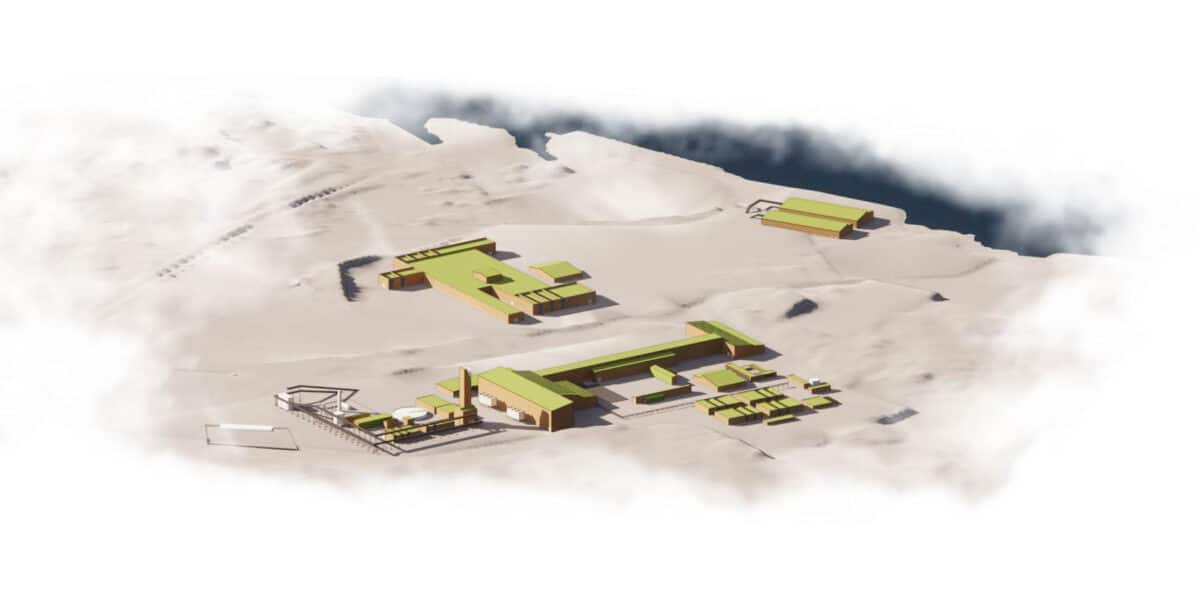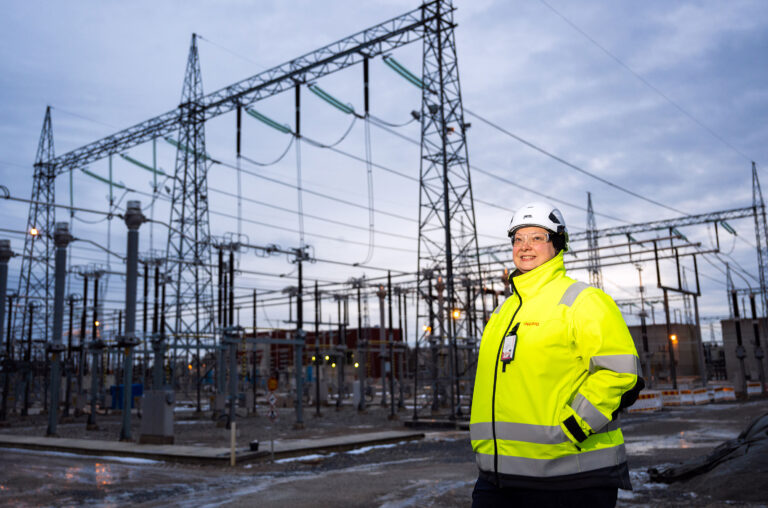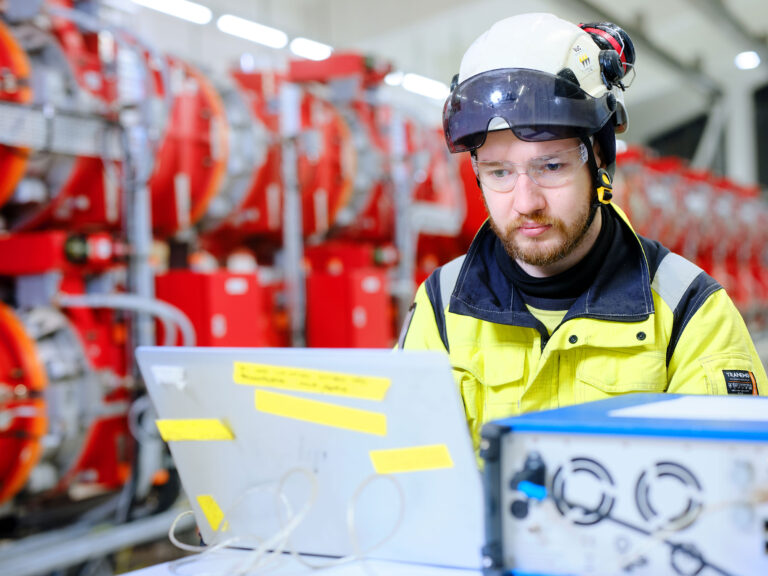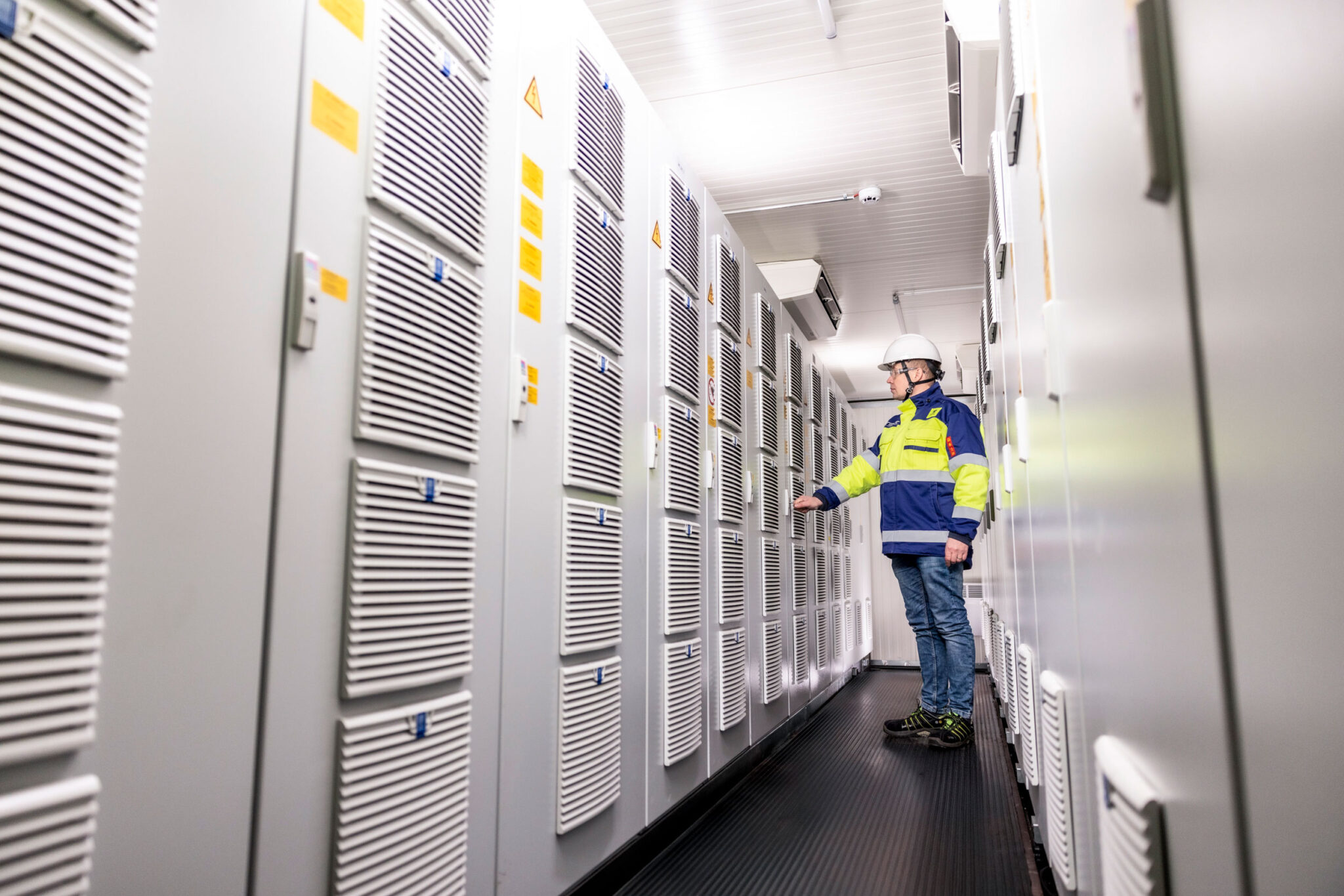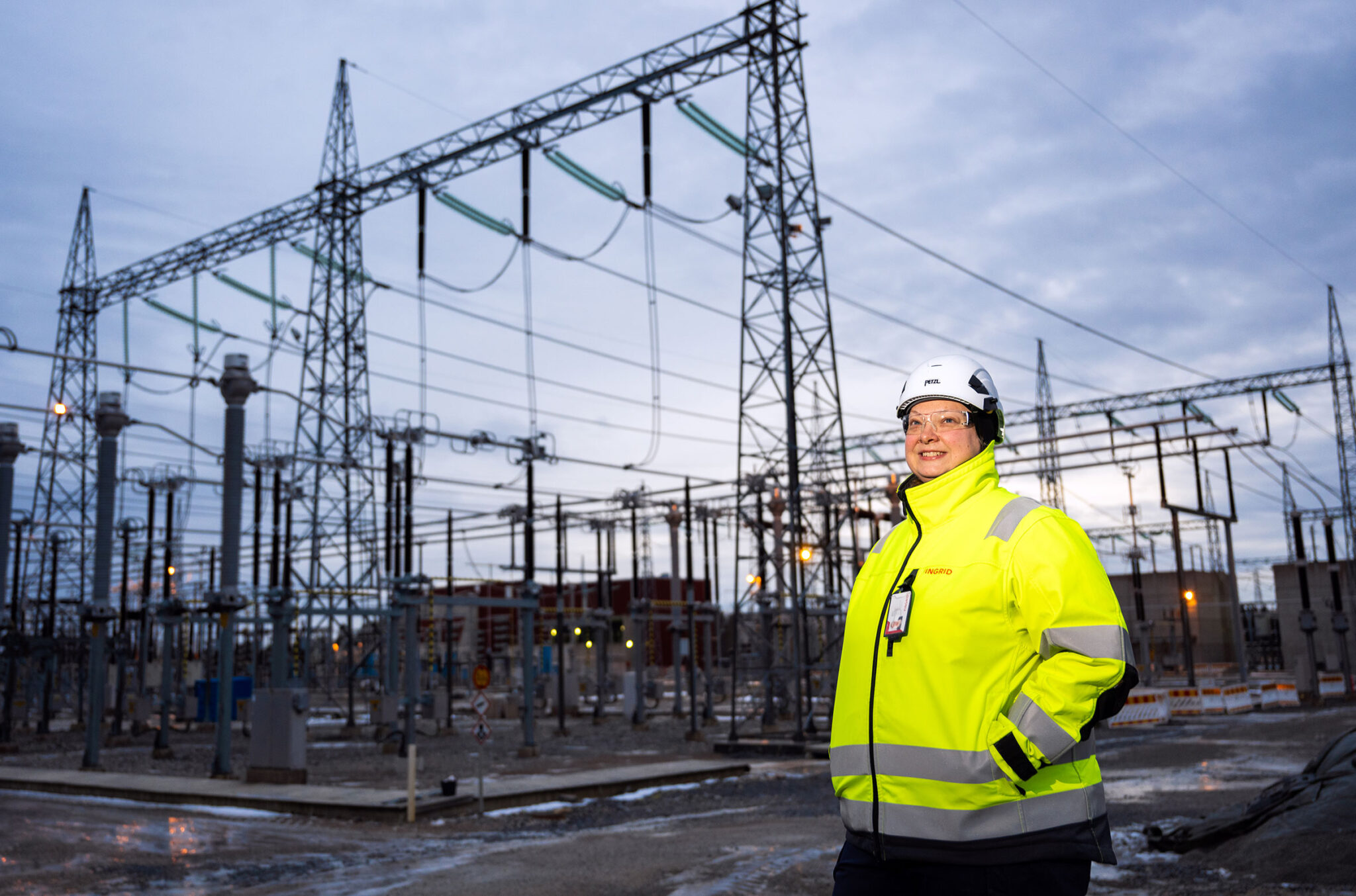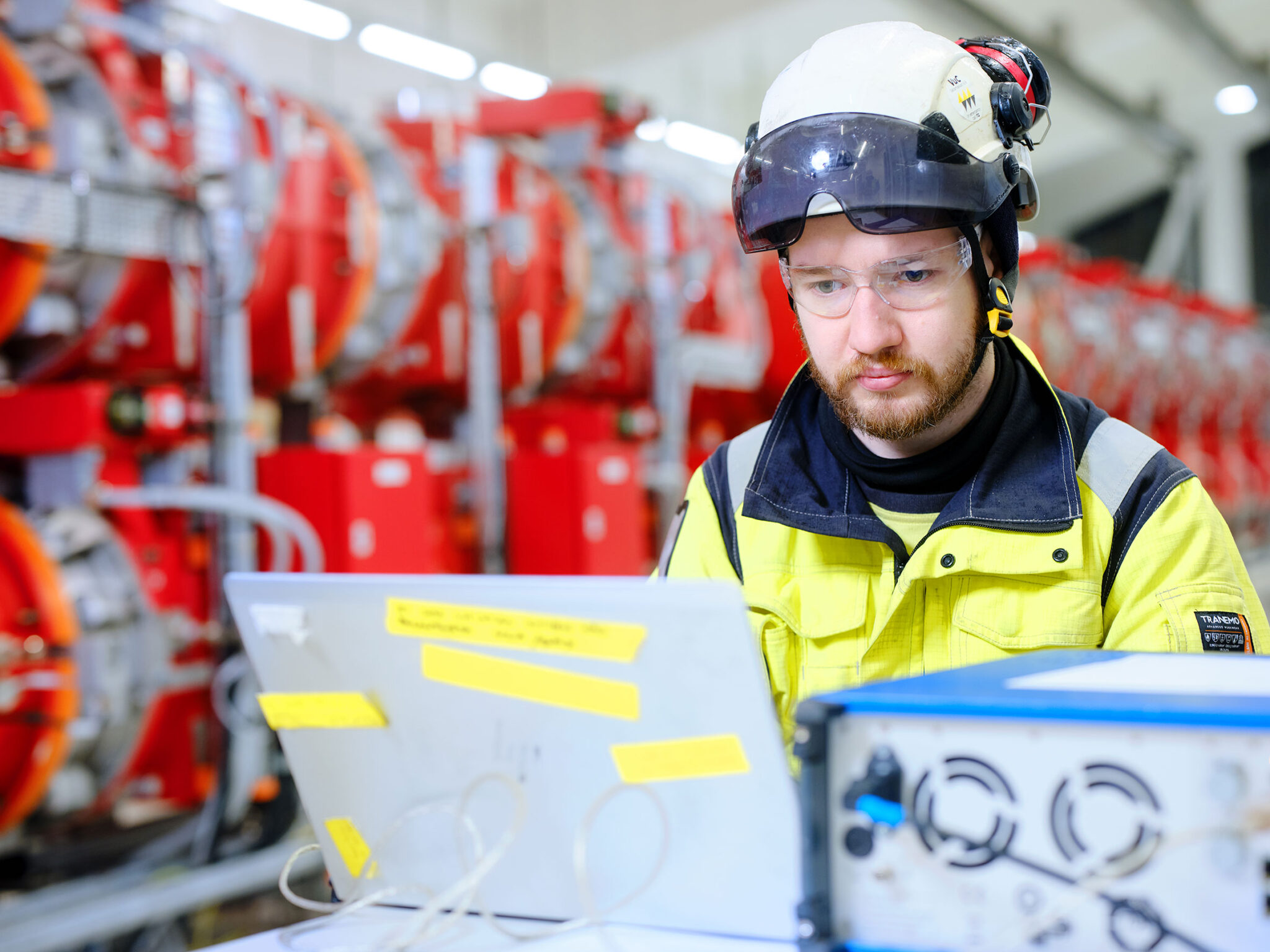“We are planning a large steel mill with an annual output of 2.5 million tonnes of green steel,” says Antti Kaikkonen, Managing Director of Blastr Green Steel in Finland.
He says there is substantial demand for green steel in the market.
“In our future customer base, it is clear that all companies using steel in their production operations want to reduce their carbon footprints. We aim to create the solutions to address this demand.”
Similar projects are already underway elsewhere in the world, but Kaikkonen says that Blastr Green Steel has particularly ambitious emission reduction targets.
“We aim to reduce carbon dioxide by 90 per cent throughout the value chain, including not just the emissions from our steel production – known as Scope 1 emissions – but also Scope 2 and 3 emissions.”
The project is proceeding according to schedule. It is currently in the preliminary study phase, and production should begin in 2027/2028. An agreement has been made with Fortum on the land area where the mill will be built. An environmental impact assessment and town planning are now underway.
“Lots of different phases are going on now. We are focusing our efforts on permits and the preliminary design of the mill. We have entered into discussions with potential technology suppliers, and we are preparing to seek external financing,” Kaikkonen says.
Inkoo was chosen as the ideal place for the large green project thanks to its good infrastructure. The old, traditional industrial plot already has a strong electricity network and a substation connected to Fingrid’s
main grid.
Electrical energy is needed for the steel mill and for producing the hydrogen required for direct reduction.
“It is very important for us that the electrical infrastructure needed for the plant already exists. Building a new network of this strength would be a major undertaking. A further significant benefit is that Fingrid plans to strengthen the network further.”
Antti Kaikkonen admits that the project’s success hinges on cooperation and dialogue.
“The timetable and the project as a whole are ambitious, and many things will need to go right. I strongly believe that open cooperation will lead to a good outcome.”

